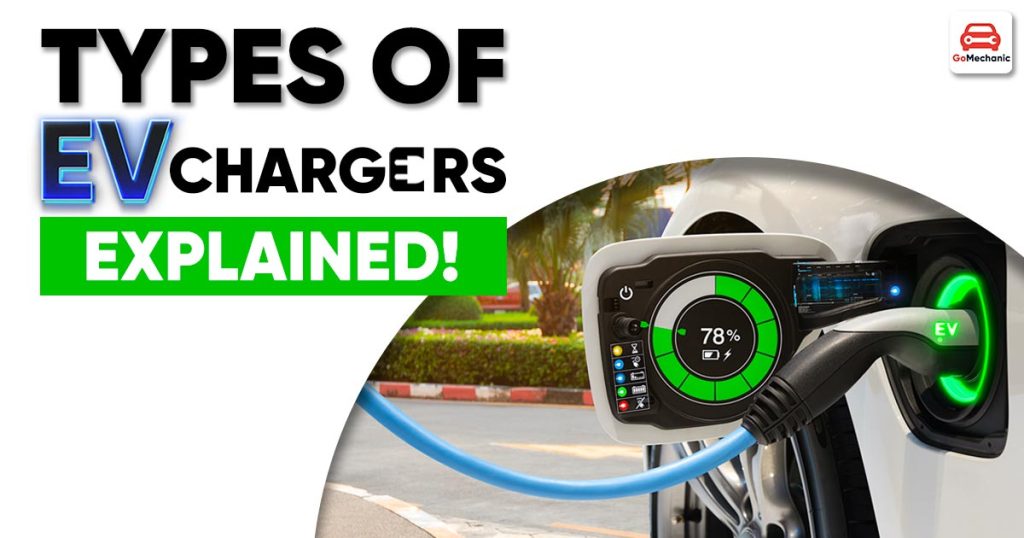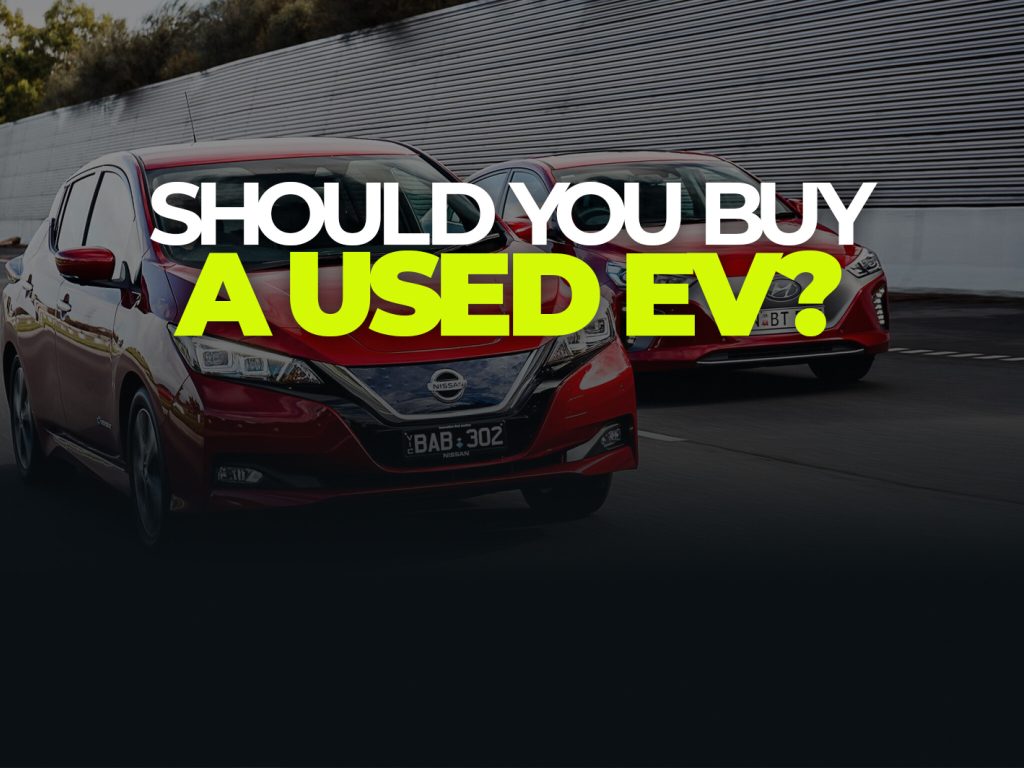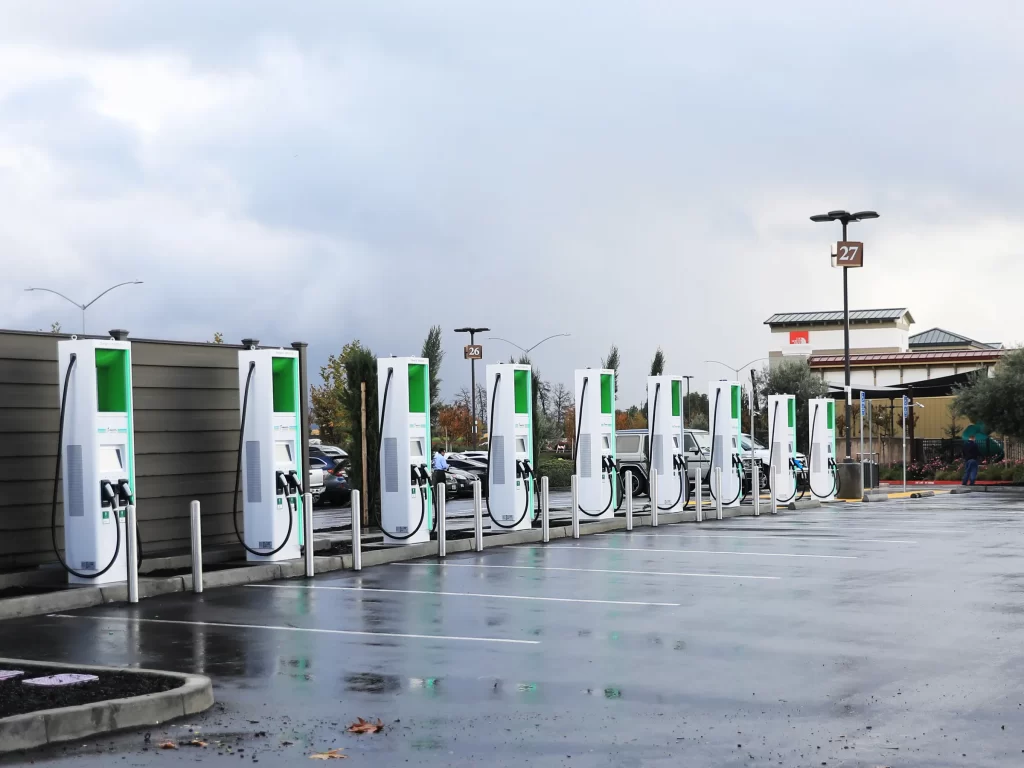Charging Up the Future of Electric Vehicles in India
Did you know that several of the most polluted cities in the world are located in India? The nation’s reliance on imported oil and its pollution present a severe threat. Electric vehicles (EVs) might be the solution, but is India ready for this revolutionary change in transportation? This article examines the potential for electric vehicles […]
Charging Up the Future of Electric Vehicles in India Read More »












